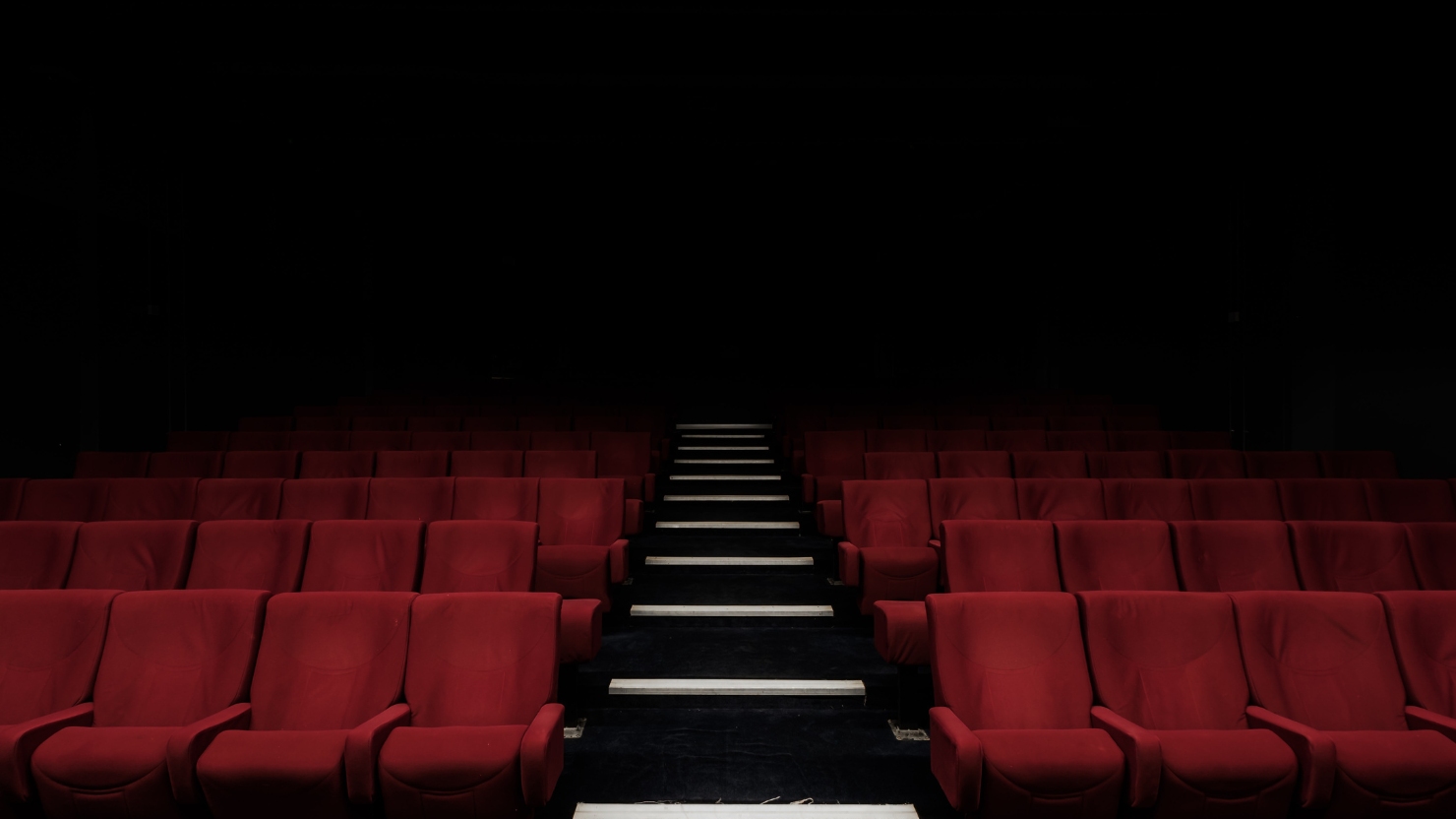Blogs
What the video nasty scandal can tell us about internet regulation

By Max Jewell, Account Director
Kurt Russell spent some of 1982 running away from a shape-shifting alien. Forty years later, the premise of John Carpenter’s The Thing – initially maligned and now rightly celebrated – could as easily describe the challenge of regulating the internet. It’s not simply that cyber-space is a many-headed hydra, but like Carpenter’s eponymous antagonist, its constant evolution makes it apparently impossible to contain. Each new regulation serves as but another smoke detector in hell.
Almost ten years earlier, Carpenter endured the Texas Chainsaw Massacre in a state of ‘sublime agitation’. On returning home, Carpenter slept like a baby, having had his very soul ‘pacified’ by Tobe Hooper’s genre-defining film. The Texas Chainsaw Massacre is notable not just as a piece of film-making – a kind of unrelenting, unwatchably watchable assault on the senses – but also for the effect it had on society. The LA Times thundered that the film was ‘despicable’ and numerous theatres pulled the picture altogether. Another reviewer, speaking for many of his peers, branded the film ‘vile crap’. Finding himself unable to cut the gore evoked by the title, but not actually present in the film, the then chief censor eventually banned the film lest it be seen by a corruptible ‘factory worker’.
In 1974, when the Texas Chainsaw Massacre was released, such a move was possible: the censors enjoyed such control over the airwaves that the only way the film could be seen was at a local-government sanctioned screening. Earlier transgressive films had suffered a similar fate: Rebel Without a Cause was heavily cut by the then British Board of Film Censorship for its depiction of anti-social behavior.
But, by the time The Thing was released, such control had started to wane, thanks to the growth of the video cassette. By 1982, Britain had been flooded with a stream of violent, ‘depraving’ films, every bit as torrid as the curtain of blood in The Shining. Indeed, such was the spread of video that Robert Englund – perhaps best known for playing Freddie in Wes Craven’s pantomime Nightmare on Elm Street – considered abandoning the iconic horror character after discovering young children had seen the film on video tape.
And, as with the Texas Chainsaw Massacre, the rapid emergence of horror films on video touched off moral panic across the UK and parts of Europe to the point that horror auteur Ruggero Deodato was hauled before a count on an abortive charge of murder after Italian authorities thought the on-screen killings looked a little too realistic. In the UK, meanwhile, Mary Whitehouse, the founder of the National Viewers’ and Listeners’ Association, decried the films as video nasties – a name that stuck – whilst the Government moved to introduce the Video Recordings Act, which required all videos to be classified. Such was the concern that the distributor of one film actually served a prison sentence.
The films, it has to be said, are of variable quality – Night of the Demon and Don’t Look into the Basement pale into amateurish farce thanks to a cocktail of poor framing and jagged sound mixing – and the subject matter of many is unquestionably appalling. Eventually, though, restrictions were relaxed and even those videos whose possession carried a custodial sentence were passed uncut. Tenebrae, which Silvio Berlusconio tried to outlaw in Italy, was released uncut 2005, proving that horrible things do indeed come to those that wait.
But what had changed? It’s perhaps tempting to argue that societal attitudes had shifted: Mark Kermode is correct to suggest that David Hogan’s claim that William Lustig’s Maniac (1980) is the nadir of the horror genre is questionable given the increase in visual splatter in the 2012 remake. In truth, though, attitudes haven’t shifted that much in the last forty years. The headlines that thundered disapproval at the release of the awful Human Centipede, and the Parliamentary calls for the banning of Grand Theft Auto, are deeply reminiscent of opposition to the nasties.
Rather, it’s more likely that the relaxation was simply due to the impossibility of keeping out depraving films forever. In 2017, more than 19,000 films were produced, with only around 600 appearing in cinemas. With thousands now simply appearing online and on DVD, the censors lack the ability to dam the tides. Indeed, it was practicality, not permissiveness, that changed regulation of the nasties. The head of the BBFC is less an all-powerful emperor, and more of a King Cnut.
By this logic, then, can we expect regulation of the internet, and the social media giants, to weaken as cyber-space grows ever larger? With a quarter of a billion users, it’s understandable that the Twitter police struggle to keep abreast of everything happening on the platform. Indeed, debates over free speech are more acute when it involves individuals publishing opinions online than horror auteurs producing shlock on video cassette.
In truth, though, the modern online regulators have a powerful weapon their counterparts at the BBFC lacked: algorithmic systems. It’s now possible to instantly comb through a website for offending, inflammatory terms in a way 1980s regulators simply could not. But if only they did have modern technology, then perhaps we would never have seen Leatherface after all.
Image credit felix-mooneeram on unsplash

